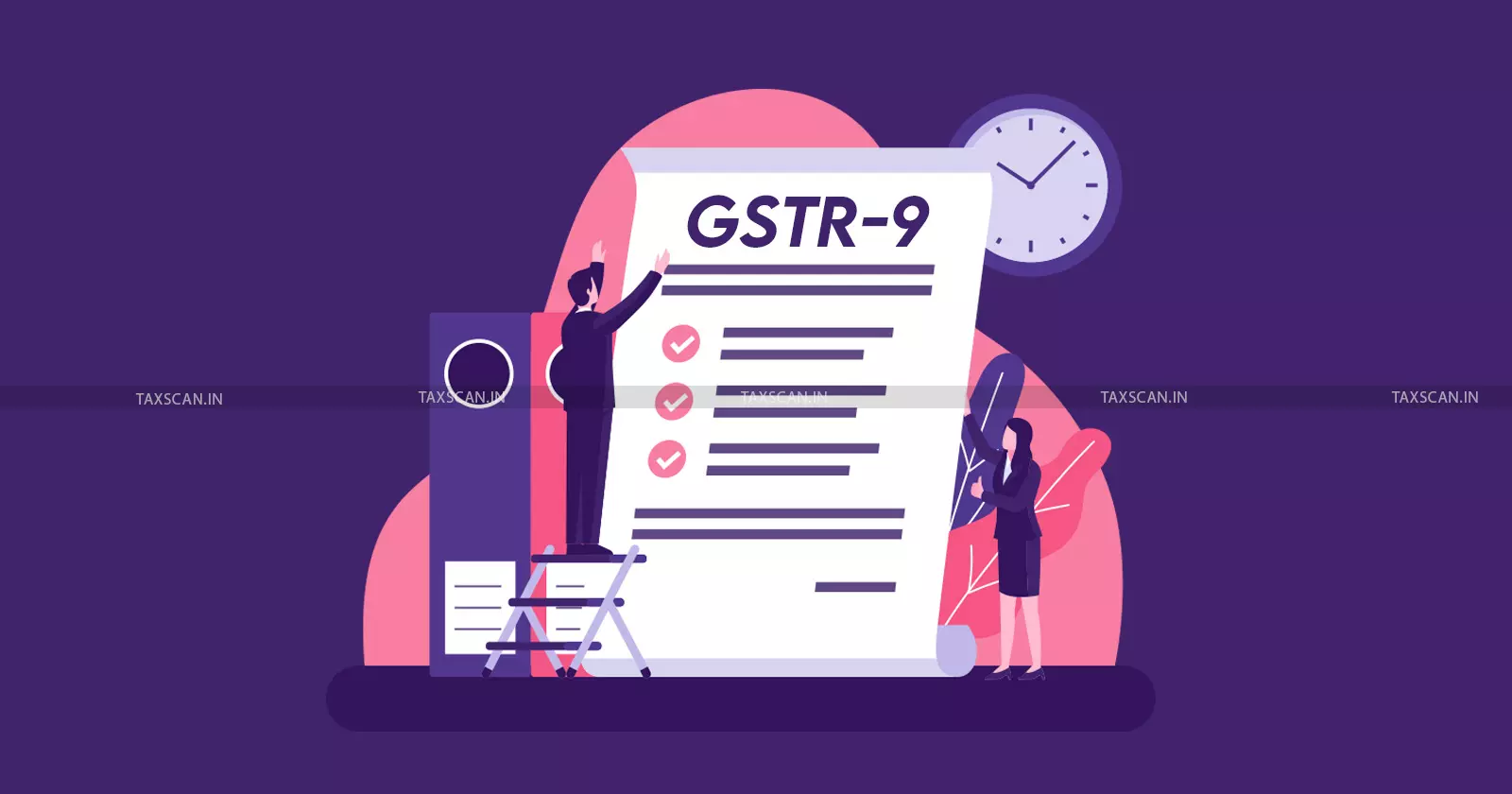GSTR-9 Annual Return FY 2024-25: Key Change in Table 6 Reporting Explained
GSTR-9 Annual Return FY 2024-25: Key Change in Table 6 Reporting Explained

A key structural change has been made to the GSTR-9 annual return form applicable for FY 2024-25, introducing a new reporting mechanism aimed at improving accuracy in Input Tax Credit (ITC) reconciliation and reducing notices from the tax department.
The amendment, which applies exclusively to GSTR-9 (not GSTR-9A), requires taxpayers to provide additional details in a newly introduced Table 6A1, relating to ITC pertaining to the previous financial year. The due date for filing the annual return remains December 31, 2025.
Taxpayers can now report Input Tax Credit (ITC) pertaining to the previous financial year but claimed in the current year’s GSTR-3B in a specific and distinct column.
Until now, taxpayers faced ambiguity while reporting such ITC adjustments. The GSTR-9 format did not contain a separate field to declare ITC of the preceding financial year that was availed in the subsequent year’s returns. As a result, many taxpayers had to report such ITC either as a negative figure in Table 6B or under the “Others” category (Table 6M), leading to non-uniform reporting across different filers and potential mismatches during reconciliation and audits.
Comprehensive Guide of Law and Procedure for Filing of Income Tax Appeals, Click Here
For FY 2024–25, Table 6 has been revised to include a dedicated column for ITC of the previous financial year claimed in the current year’s GSTR-3B.
Chartered Accountant Deep Koradia, who first highlighted the update on September 19, 2025, noted that this inclusion provides much-needed transparency in reporting. “Welcome change for GSTR-9 reporting,” Koradia posted on X (formerly Twitter). “In Table 6, a separate section for ITC pertaining to the previous year has been notified. Ideally, it should reconcile with the previous year’s Tables 12 and 13, barring rare exceptions.” He also confirmed that certain tables have been exempted for FY 2024-25 to ease compliance.
Until now, taxpayers often faced scrutiny or notices due to mismatches between ITC availed in one year and reported in subsequent years. The new format bridges that gap by aligning the data between reporting periods.
With Table 6A1, taxpayers can now present a reconciled and more accurate view of their ITC claims. It benefits both assessees and tax officers during desk reviews, reducing disputes, time, and litigation costs. However, to gain from this change, taxpayers must ensure robust bookkeeping and properly maintained working papers. The department is also likely to cross-verify data reported in the new Table 6A1 with Table 12 (ITC reversal) and Table 13 (ITC availed) of the prior year’s return to ensure consistency.
The new reporting requirement is part of the government’s broader push for data integrity in GST filings, particularly after multiple audit observations found inconsistencies in ITC reconciliation across fiscal years. Experts say this structural revision could reduce errors and administrative interventions, while helping businesses maintain cleaner compliance trails.
Meanwhile, several frequently asked questions have emerged following the changes in GST rates effective from September 22, 2025.
Comprehensive Guide of Law and Procedure for Filing of Income Tax Appeals, Click Here
Key clarifications include:
- Insurance services: Only reinsurance is exempt from GST. Commissions and brokerage remain taxable, and insurers must reverse ITC on them once their output becomes exempt.
- Passenger transport: Road transport remains taxed at 5% without ITC (optional 18% with ITC). Air travel in economy class is taxed at 5%, while other classes attract 18%.
- Multimodal transport: Taxed at 5% with limited ITC if there’s no air leg; 18% with full ITC if air transport is involved.
- Local delivery services via e-commerce: Taxed at 18%. If provided by an unregistered supplier through an e-commerce operator, the operator bears GST liability.
- Classification: Local delivery through e-commerce is not treated as Goods Transport Agency (GTA) services.
- Medicine pricing: No stock recall is required. Revised price lists must be issued, but existing stock can continue to be sold at new billing rates.
- Medicine GST rate: Medicines remain taxed at a concessional 5% to ensure affordability while retaining ITC benefits.
- Agricultural machinery: Not fully exempt to preserve ITC flow and prevent increased manufacturing costs that would otherwise burden farmers.
In short, the FY 2024-25 GSTR-9 revision reflects the government’s ongoing effort to make compliance more transparent, logical, and less prone to disputes. The addition of Table 6A1 is seen as a technical yet crucial move, tightening the loop between fiscal periods and ensuring that both taxpayers and the administration operate on the same data foundation.
Support our journalism by subscribing to Taxscan premium. Follow us on Telegram for quick updates


